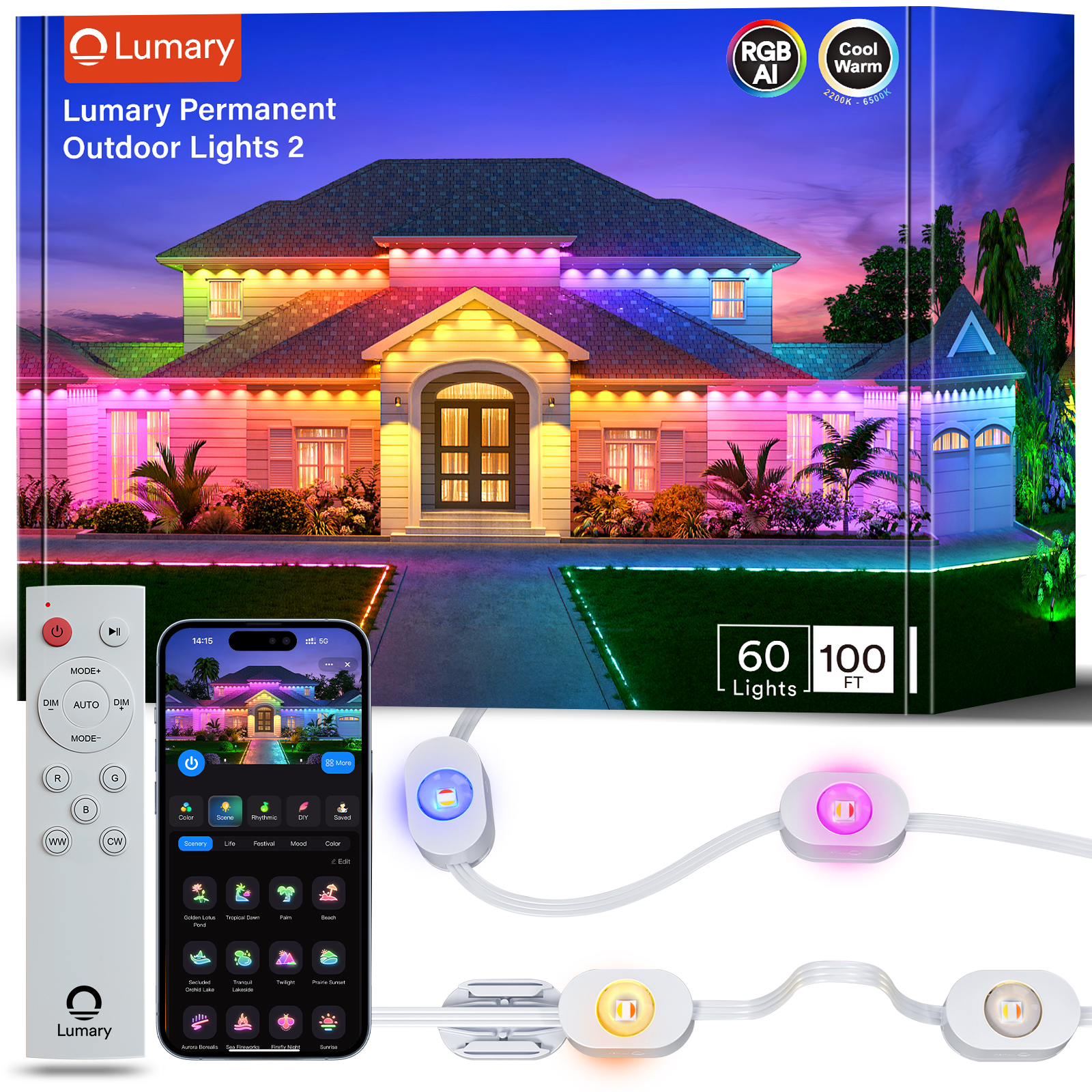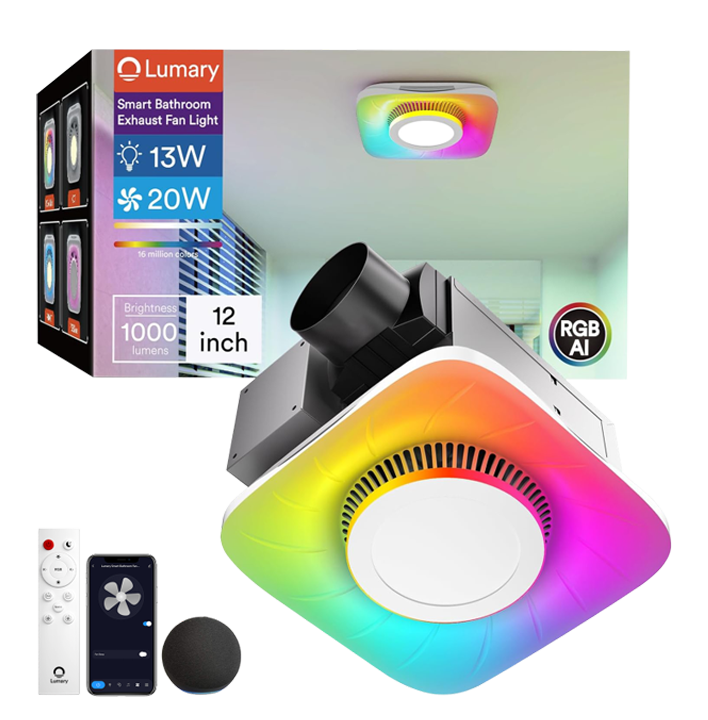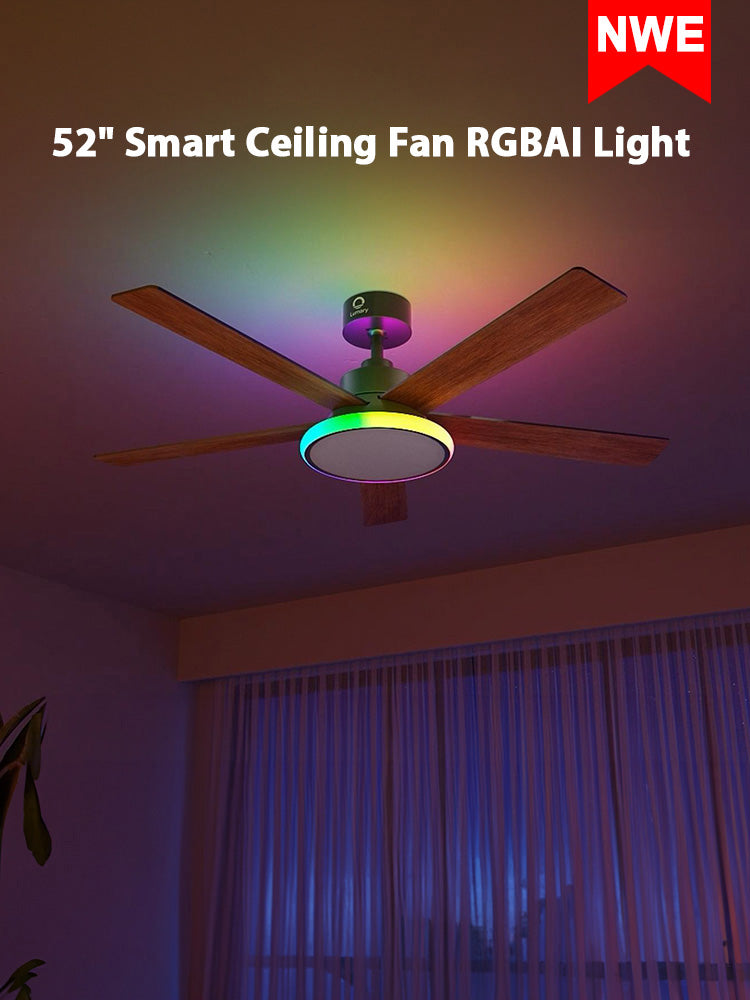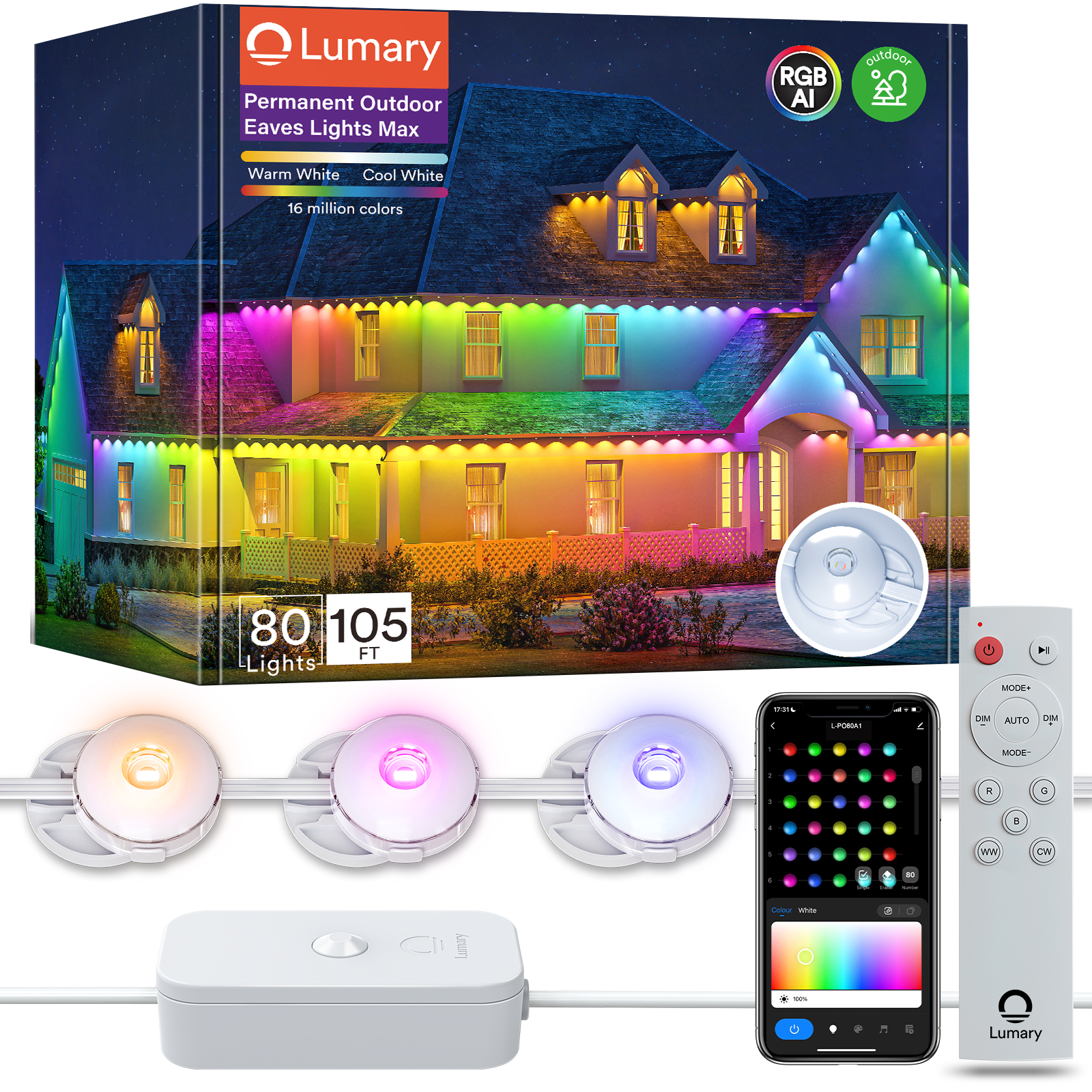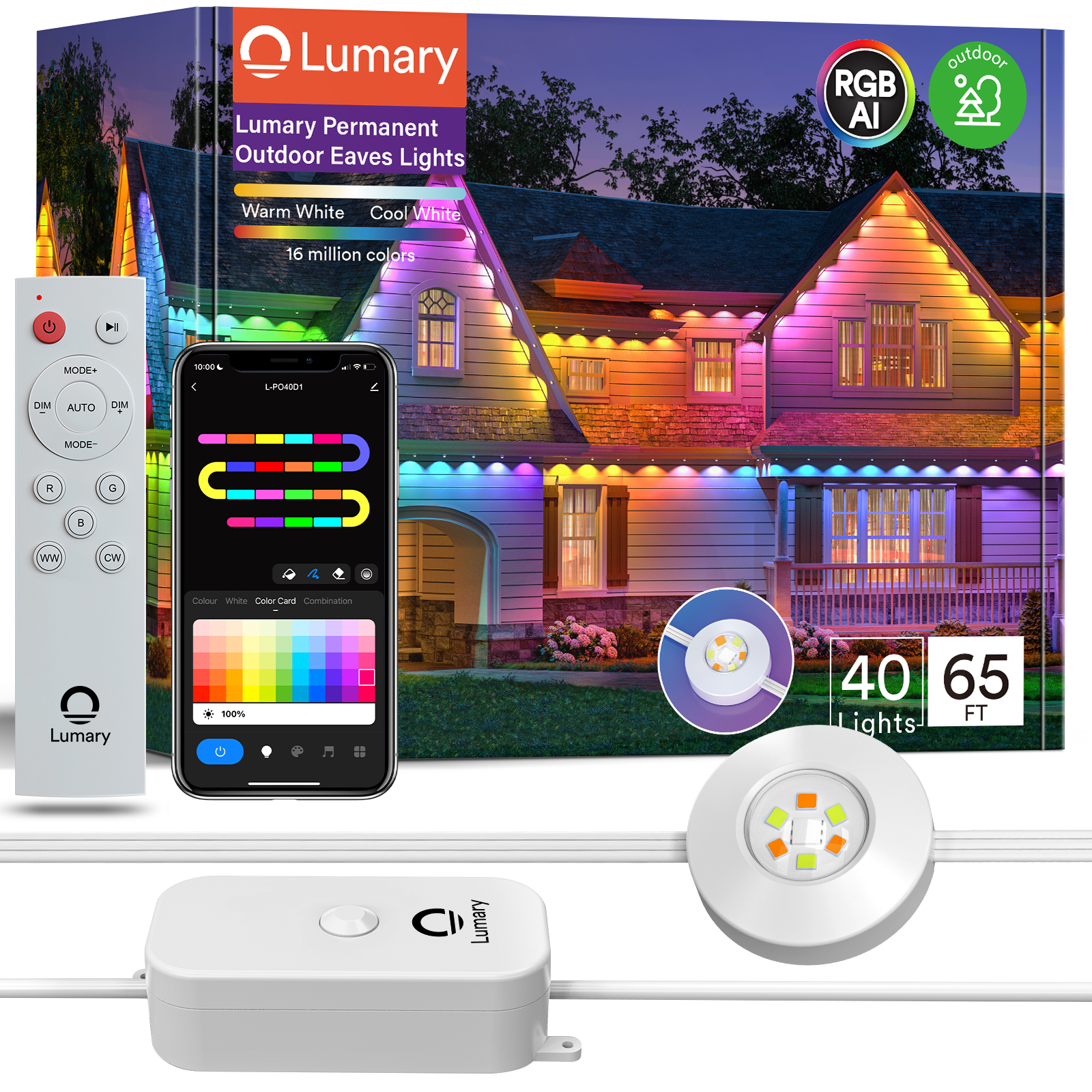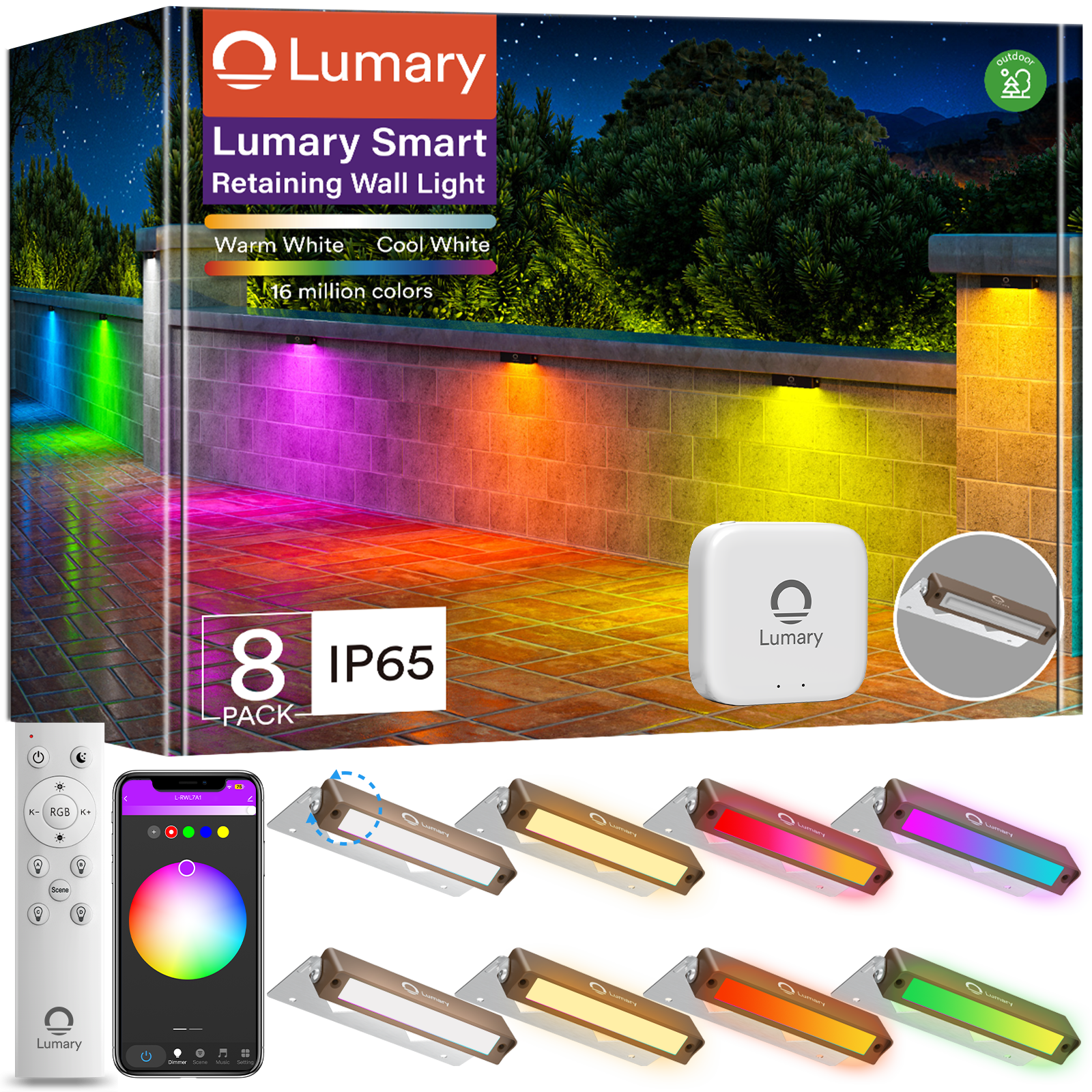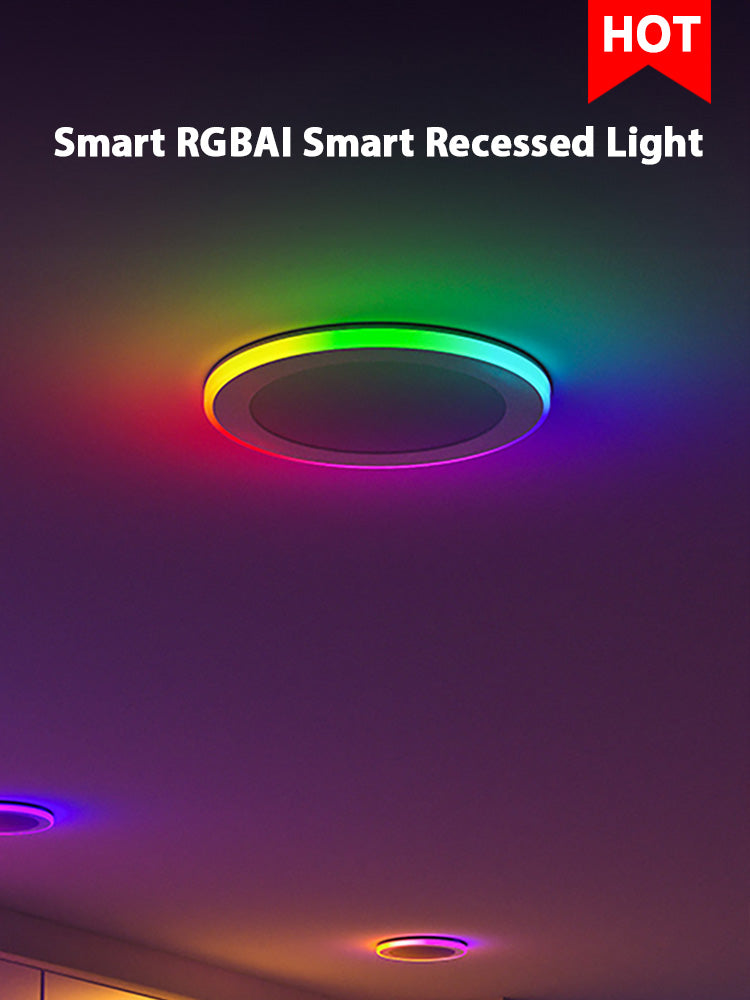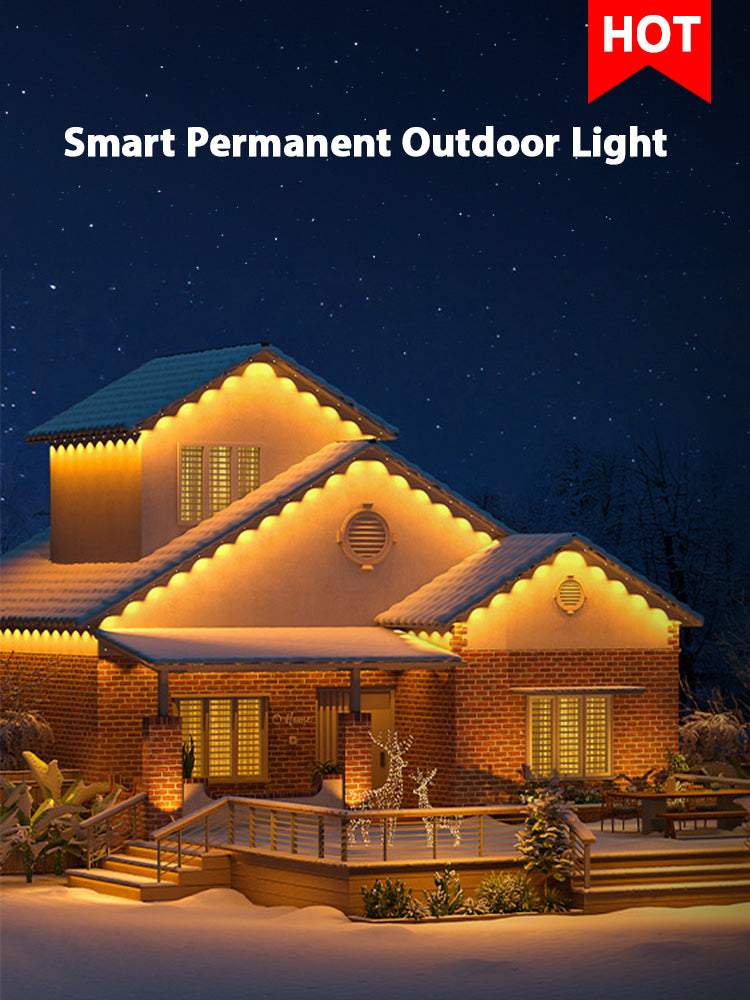Lumary Smart Outdoor Spot Lights offer a stylish and functional way to illuminate outdoor spaces. These lights provide 16 million colors for any occasion. The low voltage spot lights ensure safety and energy efficiency. Proper installation is crucial for optimal performance. Incorrect setup can lead to safety hazards. Following the right steps guarantees a secure and efficient lighting system.
Tools and Materials Needed

Essential Tools
Screwdrivers
Screwdrivers help secure the fixtures. Choose both flathead and Phillips types for versatility.
Wire Strippers
Wire strippers remove insulation from wires. This tool ensures clean connections.
Voltage Tester
Voltage testers check electrical flow. Safety improves with this tool in hand.
Required Materials
Lumary Smart Outdoor Spot Lights
Lumary Smart Outdoor Spot Lights provide vibrant colors. These lights enhance any outdoor space.
Transformer
Transformers reduce voltage to a safe level. This device is crucial for low voltage systems.
Wiring and Connectors
Wiring and connectors link the system. Secure connections ensure reliable performance.
Planning and Preparation
Assessing the Area
Determining the Lighting Needs
Start by figuring out what kind of lighting you want. Do you need bright lights for security or softer lights for ambiance? Think about how much light each area needs. Maybe a pathway needs more light than a garden bed. Write down your ideas to keep track.
Measuring the Installation Area
Grab a tape measure and check out the space where you'll put the lights. Measure the length and width of the area. This helps you know how many lights you need. Make sure to note any obstacles like trees or rocks. These could affect where you place the lights.
Designing the Layout
Choosing Spotlight Locations
Now it's time to decide where each spotlight will go. Pick spots that highlight the best features of your yard. Maybe a beautiful tree or a cool statue. Avoid placing lights where they might shine into windows. You don't want to blind yourself or your neighbors.
Planning the Wiring Path
Think about how the wires will run from the transformer to each light. A clear path makes installation easier. Avoid areas with lots of foot traffic to prevent tripping hazards. Consider using a trench to hide the wires. Leave some slack in the wire for adjustments later.
By planning ahead, you set yourself up for a smooth installation process.
Step-by-Step Installation Guide

Setting Up the Transformer
Selecting the Location
Pick a spot for the transformer close to a power outlet. The location should be dry and protected from the weather. A spot near the house or a shed works well. Make sure the transformer is easy to reach for maintenance. Avoid placing it on the ground to prevent water damage.
Connecting to Power Source
Plug the transformer into a GFCI outlet for safety. Use a heavy-duty extension cord if needed. Secure the transformer to a wall or post with screws. Ensure the power is off before connecting wires. Follow the manufacturer's instructions for wiring.
Installing the Low Voltage Spot Lights
Positioning the Lights
Place the low voltage spot lights in the chosen locations. Aim the lights at features you want to highlight. Adjust the angle to avoid shining into windows. Keep the lights spaced evenly for a balanced look. Test the placement by turning the lights on temporarily.
Securing the Fixtures
Use stakes or mounts to secure each light in place. Push stakes firmly into the ground for stability. Tighten screws on mounts to hold them steady. Check that each fixture is level and secure. Make adjustments as needed to ensure a snug fit.
Wiring the System
Running the Cables
Lay the cable along the planned path. Leave some slack near each light for adjustments. Avoid areas with heavy foot traffic to prevent tripping. Consider using a trench to hide the cables. Keep the cable away from sharp objects that could cause damage.
Connecting the Wires
Attach the wires from each light to the main cable. Use waterproof connectors to prevent water damage. Ensure each connection is tight and secure. Follow the manufacturer's instructions for wire connections. Double-check all connections before turning the power on.
Testing and Troubleshooting
Testing the Installation
Checking the Connections
Time to check those connections. Grab a voltage tester and make sure each light has power. Look at each wire connection. Make sure everything is tight and secure. Loose connections can cause problems. Double-check that waterproof connectors are in place. Water can damage the system if it gets in.
Ensuring Proper Functionality
Turn on the lights and see how they look. Check if each light works as expected. Make sure the colors and brightness match your plan. Adjust any lights that seem off. Look for any flickering or dim lights. These might need more attention.
Troubleshooting Common Issues
Addressing Flickering Lights
Flickering lights can be annoying. Check the connections again. Loose wires often cause flickering. Tighten any loose connections. Make sure the transformer has enough power for all the lights. A weak transformer can cause flickering too. Replace the transformer if necessary.
Fixing Non-Working Spotlights
A spotlight not working? Start by checking the bulb. Sometimes a simple bulb replacement solves the issue. Next, inspect the wiring. Look for breaks or damage in the cables. Repair any damaged wires. If the light still doesn't work, test the fixture with a voltage tester. A faulty fixture might need replacing.
DIY vs. Hiring a Professional
Pros and Cons of DIY
Cost Savings
Doing the installation yourself saves money. You avoid paying for labor. Buying your own materials often costs less. DIY projects offer budget-friendly solutions.
Skill Requirements
DIY projects need some skills. Basic electrical knowledge helps. Using tools like wire strippers and voltage testers is essential. Confidence in handling these tasks ensures success.
When to Consider a Professional
Complex Installations
Some setups get complicated. Large areas or intricate designs need expert help. Professionals handle complex wiring and layouts. Hiring someone ensures everything works perfectly.
Lack of Time or Tools
Busy schedules make DIY tough. Finding time for a project might be hard. Missing tools also pose challenges. Professionals bring their own equipment and complete the job quickly.
You've now got the know-how to install low voltage spot lights with confidence. The process may seem daunting at first, but breaking it down into manageable steps makes it achievable. With the right tools and careful planning, you can transform your outdoor space into a beautifully lit area. These lights not only enhance your home's aesthetics but also improve safety and energy efficiency. So, why not give it a try? Embrace the DIY spirit and enjoy the satisfaction of a job well done. Your yard will thank you for the glow-up!

